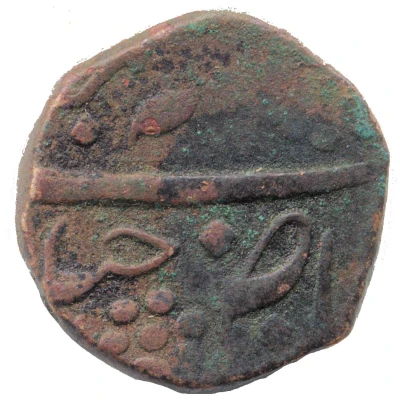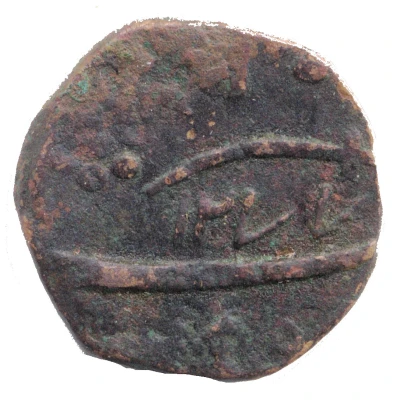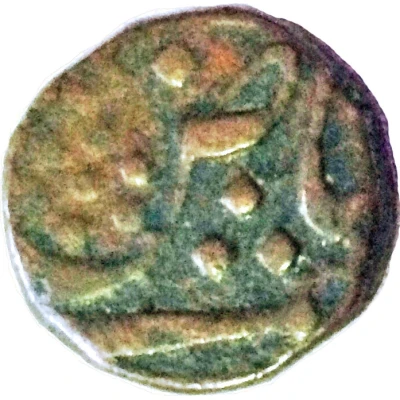


1 Paisa - Khande Rao
| Copper | 6.98 g | 21 mm |
| Issuer | Princely state of Baroda (Indian princely states) |
|---|---|
| Type | Standard circulation coin |
| Years | 1274-1277 (1858-1861) |
| Calendar | Islamic (Hijri) |
| Value | 1 Paisa (1⁄64) |
| Currency | Rupee |
| Composition | Copper |
| Weight | 6.98 g |
| Diameter | 21 mm |
| Thickness | 2.77 mm |
| Shape | Round |
| Orientation | Medal alignment ↑↑ |
| Demonetized | Yes |
| Updated | 2024-10-05 |
| Numista | N#47440 |
|---|---|
| Rarity index | 82% |
Reverse
Muslim date in Arabic script 1277
Lettering: ۱۲۷۷
Edge
Rough
Comment
Another example, 1276AH:Interesting fact
The 1 Paisa coin from the Princely state of Baroda, issued during the reign of Khande Rao (1274-1277 or 1858-1861) is interesting because it was made of copper, a metal that was widely used for currency in India during that time period. Copper coins were popular because they were durable, had a low cost of production, and were easy to transport. The fact that this coin weighs 6.98 grams suggests that it was a significant denomination, as larger coins were typically made of higher value metals like silver or gold. Additionally, the fact that it was issued by a princely state like Baroda highlights the diversity and complexity of the monetary system in India during the 19th century.



